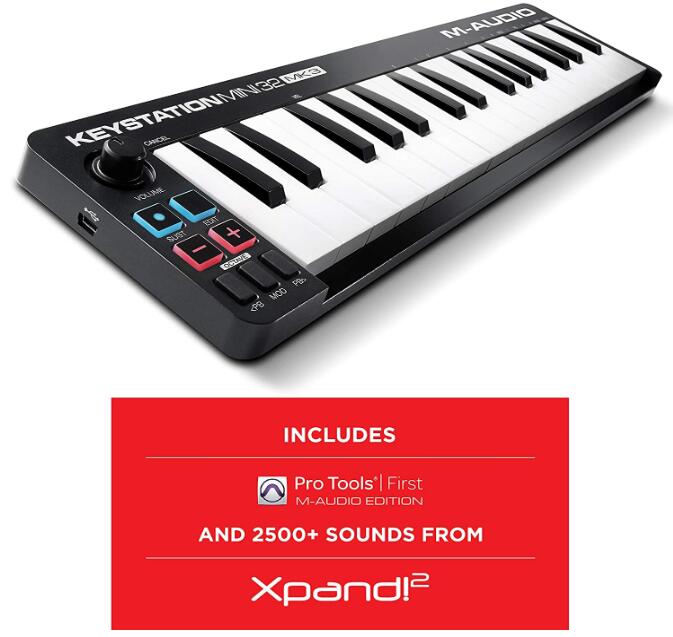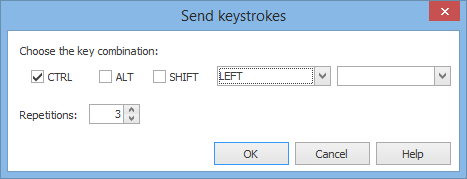
Knobs/ Pads & Faders can be mapped to monitor and adjust different effects and other functions in a DAW. They may also be used to activate loops or tracks that are pre-recorded. Why are Knobs/ Pads/ Faders important in MIDI Keyboards? However, Semi-Weighted or Weighted keys give a more authentic Piano feel. Synth-Action type of keys are most popular in MIDI Keyboards. What type of Keys to buy in MIDI Keyboards? Synth-Action Keys are the most popular for MIDI Keyboards. Type of Keys: Synth-Action, Semi-Weighted & Weighted. More Keys are recommended for Two-Handed playing and a more Authentic Piano feel. Lesser number of keys are more popular for compact spaces or travelling musicians. MIDI Controllers generally come with 25, 32, 37, 49, 61, or 88 keys.

#Midi to keystrokes portable#
On the other hand, Portable Keyboards and Arrangers have their own built-in Sounds, Styles, Tones, Effects and much more. 2) KeystroketoMIDIbychannel.bmtp Documentation. 1) KeystroketoMIDIsimple.bmtp Documentation. Map a QWERTY Keyboard to MIDI using BomeBox. A MIDI controller only transmits and receives midi data. It can be used to input MIDI data into your computer, for use with sequencer software, or just to play the built-in sound module within your soundcard (or. Here, you can find resources with respect to the Keystroke to MIDI functionality of the BomeBox. There are no sounds built into a Midi controller, so you would need an external software or hardware source for sounds like a DAW. What is the difference between a MIDI controller and a Portable keyboard / Arranger Keyboard? They send Digital data to a DAW (Digital Audio Workstation) which can be used to record/produce or compose music.


MIDI keyboards don’t have their own sound. MIDI - Musical Instrument Digital Interface.


 0 kommentar(er)
0 kommentar(er)
